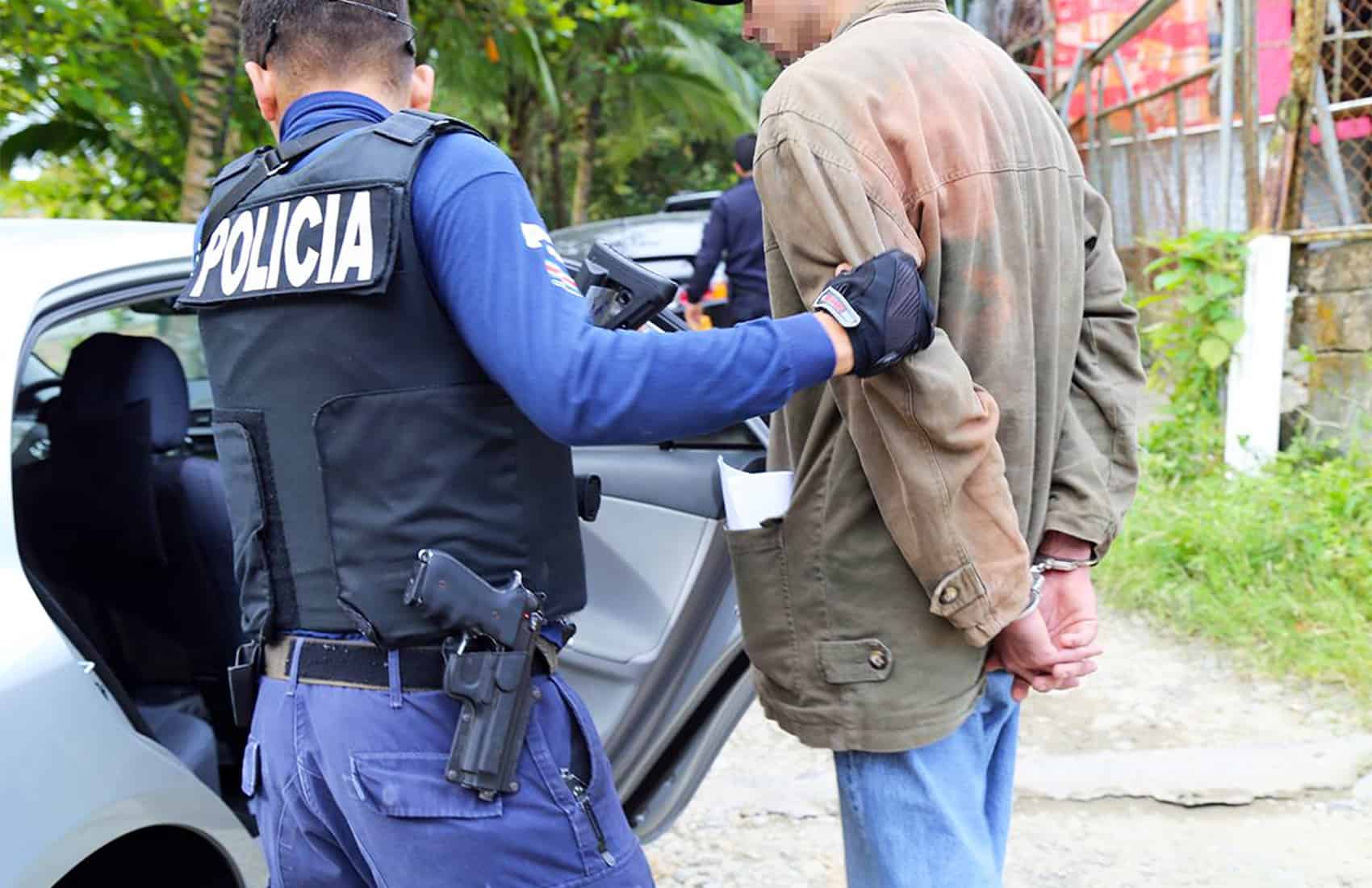The Ministry of Public Security (MSP) in Costa Rica has identified 36 specific locations across the country where tourists face heightened risks of falling victim to theft, assault, robbery, and other property crimes.
Dubbed “hot spots” by the Tourism Police, these high-risk tourist destinations were singled out due to an alarming spike in criminal offenses targeting visitors in 2023. The designated areas encompass a number of popular coastal towns and beaches frequented by tourists, including Jacó, Tamarindo, Quepos, Dominicalito, and Manuel Antonio.
Additionally, the analysis carried out by Costa Rican law enforcement flagged regions such as Garabito, Cahuita, Montezuma, Mal País, Santa Teresa, La Fortuna, Samara, and the Osa Peninsula as tourist sites warranting increased vigilance against crime.
Statistics provided by the Tourism Police indicate that 1,447 crimes against tourists’ personal property were reported nationwide in 2023. This tally includes incidents of theft, burglary, robbery, car break-ins, and physical assaults targeting visitors to Costa Rica.
Though the figure shows a slight decrease from the 1,518 tourist-related crime cases logged in 2022, it still amounts to an average of 120 complaints per month.
Authorities say the vast majority of the tourist crimes in 2023 were concentrated in 10 areas across Costa Rica, led by San José, Garabito, Talamanca, Puntarenas, Quepos, Osa, Santa Cruz, San Carlos, Nicoya, and Alajuela.
In light of these concerns around tourist safety, the National Chamber of Tourism (CANATUR) announced expanded collaborative initiatives with the Public Security Ministry on February 8.
The reinforced measures aim to curb crime rates plaguing popular travel destinations across the country. CANATUR has repeatedly urged the Costa Rican government to make tourist security a top priority in recent years.
With tourism representing one of Costa Rica’s foremost industries, authorities say safeguarding visitors from crime is essential to maintaining the nation’s reputation as a leading eco-tourism destination in Central America. The newly designated high-risk zones will allow law enforcement officials to strategically allocate greater resources towards security in vulnerable tourist sites.






